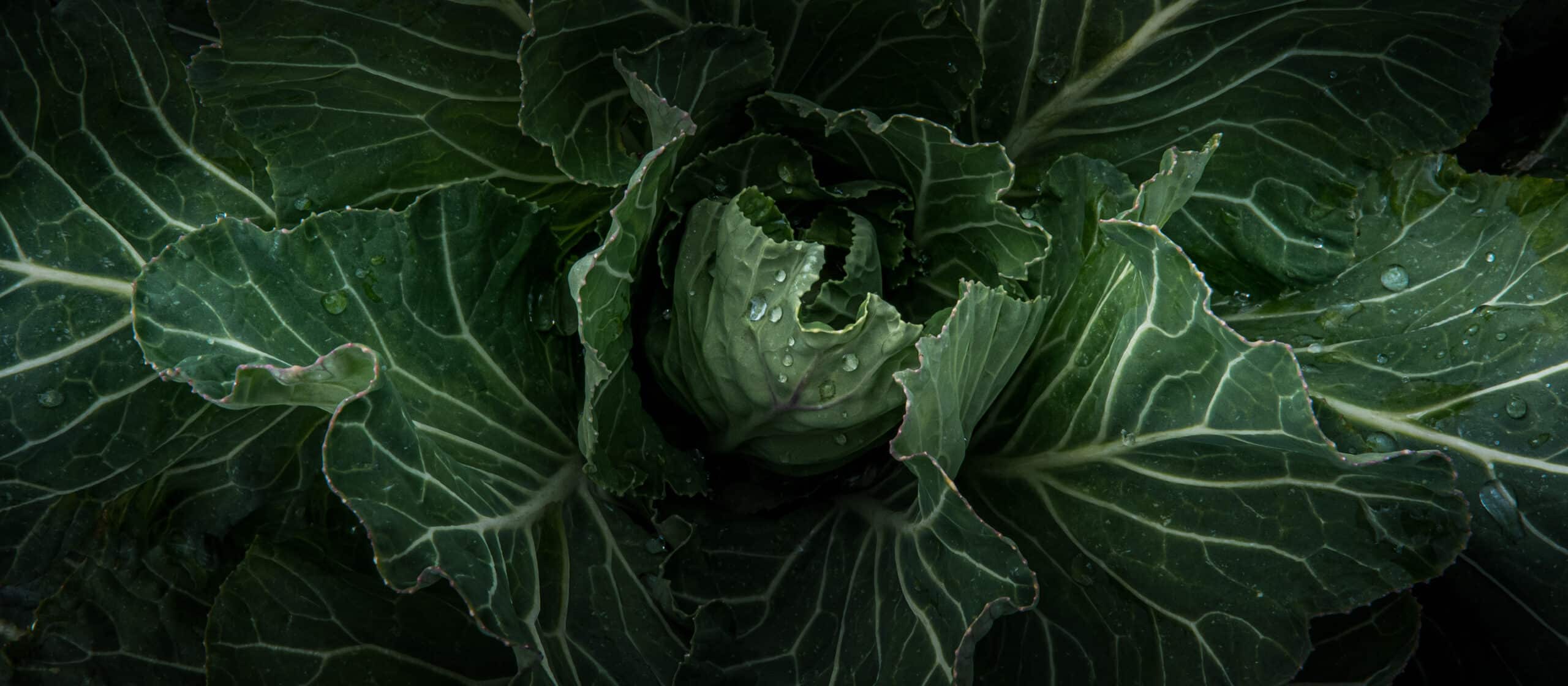
Gett’n a little nutty around the holidays — Hazelnut Cream Recipe
Gett’n a little nutty around the holidays — Hazelnut Cream Recipe
- posted on: December 1, 2015
- posted by: 21 Acres
"*" indicates required fields

As I pedal my bike down the Sammamish Trail toward work, it’s all I can do to avoid squashing squirrels as they dart back and forth across the trail, scurrying to gather nuts and seeds to store for winter nibbling. Perhaps we should take advice from these furry friends: Scientific evidence continues to support the many health benefits of nuts and seeds as a part of a well-rounded diet.
An important plant-based protein source, nuts and seeds also contain valuable amounts of fiber, vitamins, minerals, and antioxidants. They are especially rich in plant sterols and healthy fats – particularly mono- and polyunsaturated varieties. According to the US Food and Drug Administration, eating 1.5 ounces per day of most nuts (hazelnuts, almonds, pecans, pistachios, and walnuts) as a part of a diet low in saturated fat and cholesterol may reduce the risk of heart disease. The combination of fiber, protein, and fat (roughly 4 grams of saturated fat for a 1.5 ounce serving) provided satiety to meals and snacks. This can be especially helpful during the holiday season when we’re often busy and on the go. While nuts are healthy, they are also calorically dense. Nuts range from 160-200 calories per ounce. A great option in order to not over spend your daily caloric bank account on a small snack is to substitute nuts and seeds for other foods in your diet, especially for foods higher in saturated fat. While nuts and seeds can easily be lumped into one category, each variety has its own unique nutrition benefits and delicious-ness.
There are a few varieties that can be found locally here in the Pacific Northwest – most notably hazelnuts, walnuts, and pumpkin seeds. Hazelnuts or filberts if you’re an Oregonian like me (serving size about 21 nuts), are rich in monounsaturated fats, an excellent source of vitamin E, copper, and manganese. Available whole with or without their shells, hazelnuts can be ground down to make a great grain-free baking meal. They can be soaked overnight (this also enhances digestion for those with sensitive digestive tracks) and blended into a hazelnut cream to top your favorite holiday treat (see recipe below). The 21 Acres Market sources hazelnuts from Trufflebert Farm just outside Eugene, Oregon. Each year 1900 spring-water fed, Certified Organic trees produce over 25,000 pounds of these delicious nuts. Trufflebert prides itself on using only natural fertilizers and annual leaf fall to nourish the soil surrounding the tress. These sustainable practices create the highest quality hazelnuts we can find and the reason we chose to source from outside Washington State – a rarity for us.
Walnuts (serving size about 14 halves) are rich in antioxidants and alpha-linolenic acid (ALA), the plant-based omega-3 essential fatty acid that has been shown to reduce inflammation and support healthy brain function. The grooves in the halves help walnuts easily take on added flavors or glazes making them a great option for spiced or candied nuts. In fact, if you’re interested in learning how to make some holiday spiced nuts, come join our Locally Delicious Handmade Holiday Gifts class on Friday December 4 6:30-8:30pm. Our market sources Washington Walnuts from Garden Treasures, a small family farm with sustainable and environmentally friendly growing practices.
The last local-ish nut/seed that is definitely worth mentioning is the Styrian or naked pumpkinseed. Originally from the Styrian region of Austria, a number of farmers in Oregon have started growing the heirloom variety of winter squash from which the seeds are harvested. Pumpkinseeds are excellent sources of minerals, vitamins, antioxidants, healthy fats, protein and fiber. Most notably, vitamin E is present in at least 5 different forms within the seeds. According to research this could make the pumpkin seed unique in its high bioavailability of vitamin E. The World Health Organization has also noted pumpkinseeds as an excellent source of zinc. The chefs in our kitchen regularly turn to using these seeds to make a local version of “tahini” in order to make our famous 21 Acres Hummus – made fresh weekly, available for sale in our Market.
So, as you head out to tackle your holiday to-do-list, don’t forget to stash a few nuts or seeds in your pockets. They’ll keep you nourished all season long!
— Amanda
RECIPE: Hazelnut Cream
This 4-ingredient recipe is extra special.
Makes about 1.5 cups
1 cup hazelnuts
2 cups water, or enough to cover nuts plus some
1/4-1/2 cup honey, depending on sweetness preference
1 teaspoon white or mellow miso
Soak hazelnuts in water in a blender pitcher overnight. Drain off and reserve soaking liquid. Add honey and miso. Start to blend, adding reserved soaking water through the top “pouring hole” of the blender. Blend until desired consistency. A slightly stiff cream is excellent on top of pumpkin or apple pie. A thinner cream works well over baked or poaches pear or apples.
———————————–
Amanda Bullat MS RDN CD is a registered dietitian nutritionist with master’s degree from Bastyr University and a background in natural and sustainable food systems. Amanda has taught classes for Whole Foods Market, Keene State College in New Hampshire, Seattle Mountaineers, and various other community organizations. When she is not teaching or coordinating our culinary education program, Amanda supports and inspires clients through her private nutritional counseling practice.










 back to blog overview
back to blog overview








